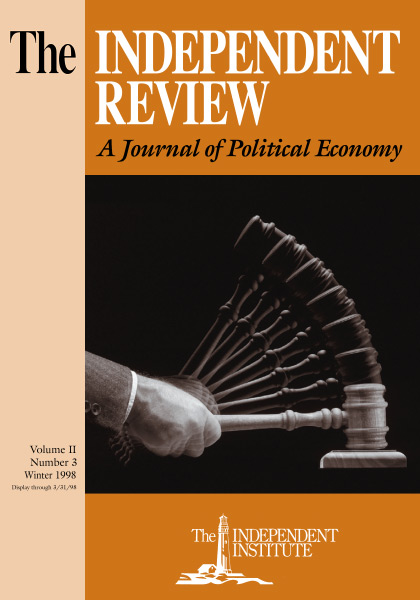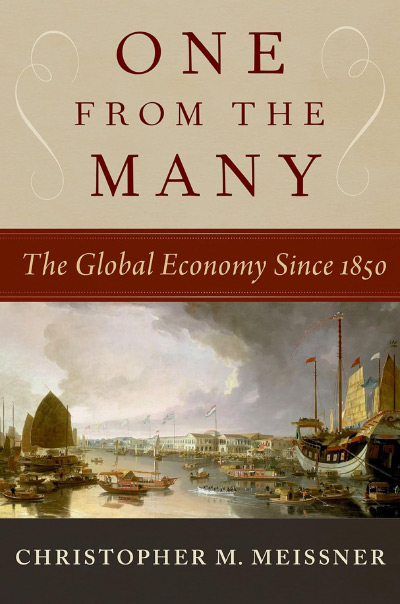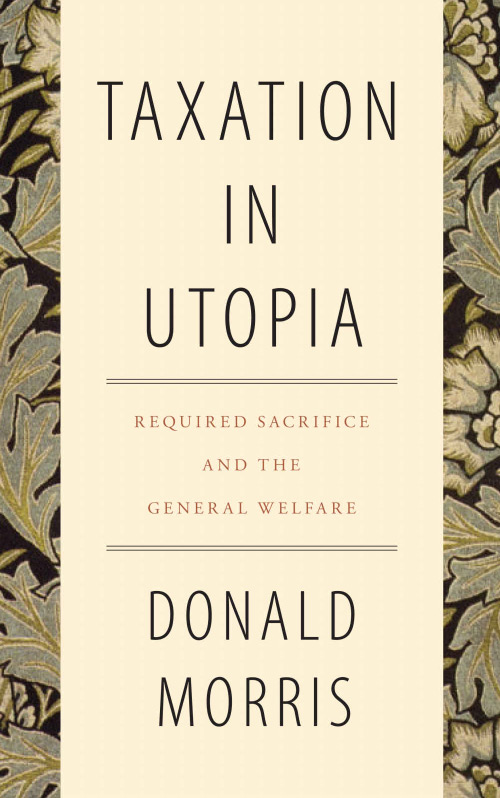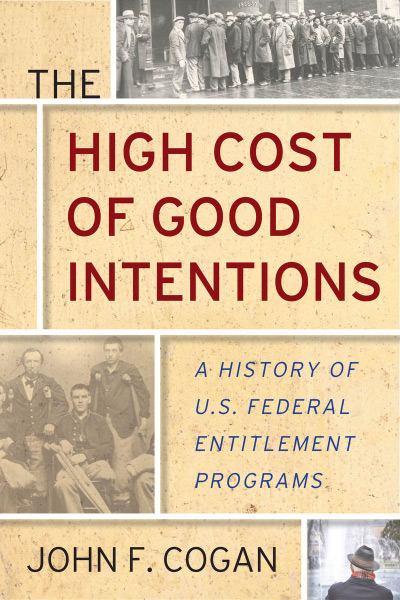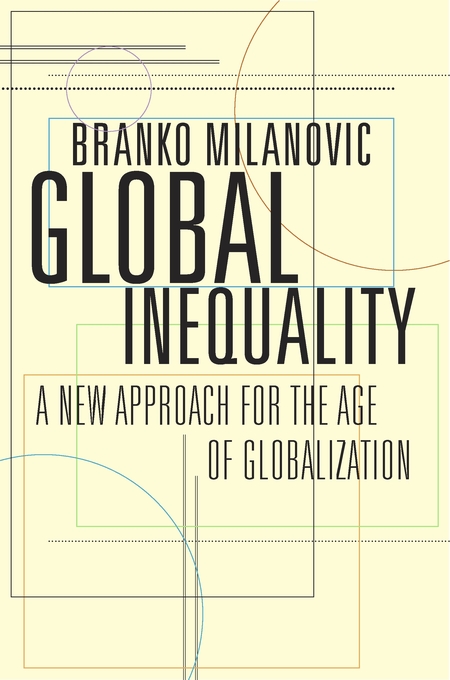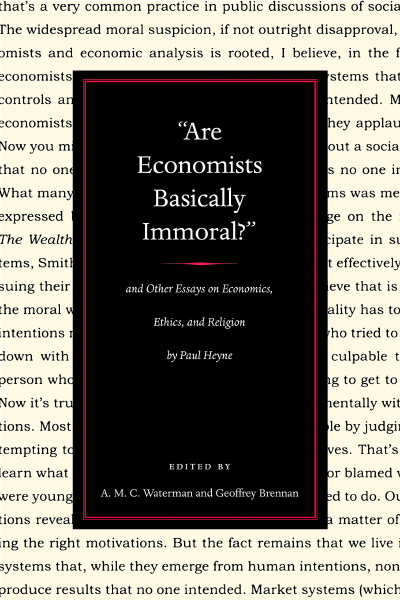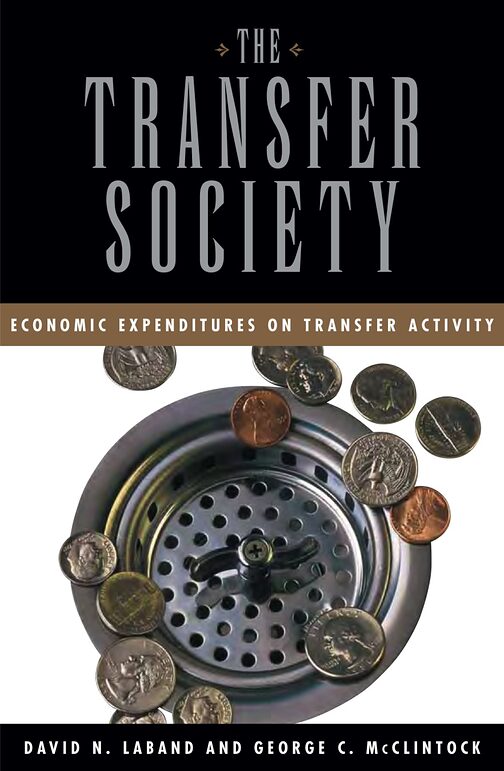In 1935 the political scientist E. E. Schattschneider observed that “new policies create a new politics” (Politics, Pressures and the Tariff. New York: Prentice-Hall, 1935, p. 288). A new policy creates or broadens the political support for the policy among the direct beneficiaries and the policy-specific suppliers, bureaucrats, and advocacy groups. Because most people are more motivated to protect the benefits they have than to seek the potential benefits of a different policy—more concerned about the bird in the hand than the two in the bush—the politics of new policies and the politics of retrenchment are asymmetrical. In contemporary terms, public policy is path-dependent: the current portfolio of policies depends very much on the policies of the past. This perspective provides some reason to advance the “ratchet hypothesis” about government spending, a hypothesis promoted by several analysts including the esteemed editor of this journal.
Paul Pierson, a professor of government at Harvard, writes from this perspective about the new politics of the welfare state. His
central thesis is that retrenchment is a distinctive and difficult political enterprise. It is in no sense a simple mirror image of welfare state expansion.... Retrenchment advocates must operate on a terrain that the welfare state itself has fundamentally transformed.
Welfare states have created their own constituencies. If citizens dislike paying taxes, they nonetheless remain fiercely attached to public social provision. That social programs provide concentrated and direct benefits while imposing diffuse and often indirect costs is an important source of their continuing political viability. Voters’ tendency to react more strongly to losses than to equivalent gains also gives these programs strength.
Retrenchment advocates thus have their work cut out for them. Almost always, retrenchment is an exercise in blame avoidance rather than in credit claiming. (pp. 1–2)
For the most part, Pierson makes good use of this perspective in analyzing the politics of welfare policy during the Reagan and Thatcher administrations. His primary challenge is to explain why there was relatively little change in welfare policy in either government, despite a substantial decline in the urban and labor representatives who had been the traditional supporters of welfare-state expansion. Comparison of the U.S. and British experience leads him—correctly—to dismiss two institutional differences: Reagan faced a Democratic House for his whole administration; and the structure of government is much less centralized in the United States than in Britain. Neither of these differences seems to have had much effect on welfare policy.
The politics of retrenchment invited both governments to use a common set of tactics: obfuscation, division, and compensation. The political price of retrenchment was reduced by obscuring, diffusing, and deferring the negative effects; by tightening eligibility rules and thereby reducing benefits for some recipients but not for others; by separating beneficiaries from providers; and by maintaining compensation to the beneficiaries who currently enjoyed the largest public support. Pierson devotes most of the book to a detailed documentation of the use of these tactics to shape pension, housing, income maintenance, and health-care policies. The commentary is snide but generally accurate.
Pierson is profoundly wrong, however, on two major issues. He claims that
both Reagan and Thatcher offered a virtually complete rejection of all but the most residual social policies. Although both the political strategies adopted and the degree of success achieved varied from program to program—and usually fell well short of such ambitious goals—the reformers’ agenda in each case was radical retrenchment. (p. 49)
Pierson offers no evidence for this extraordinary claim. In fact, at no time did either Reagan or Thatcher make a frontal attack on the welfare state. The most radical Reagan proposals, for example, were the misconceived Social Security proposal of May 1981 and the New Federalism proposal of February 1982, neither of which had any congressional support. The other major (and more common) error is the claim that Reagan’s tax policies “weakened the federal government’s ability to finance social programs.” In fact, the federal revenue share of GDP in 1989 was as high as in 1979, the prior cyclical peak, even though the 1979 share was fueled by higher inflation. The increase in the deficit was driven by the defense buildup and the increase in interest payments due to the temporary decline in revenues during the recession of the early 1980s.
A number of other errors are less important but no less common. There is no obvious reason why a market economy underinvests in health care, housing, and economic security. The oft-repeated story about the QWERTY keyboard is not historically accurate. The tax deduction for home mortgages is not a massive subsidy to house ownership, but is necessary to make the tax code neutral between owning and renting. The “biggest programmatic losers in the 1980s” were not universal programs such as Social Security and unemployment insurance but selective meanstested programs. Private health-care systems do not have a special difficulty controlling costs. Sharp tax cuts are not inconsistent with the tight monetary policy necessary to reduce inflation. One wonders how these errors escaped professional review, but they are peripheral to Pierson’s main thesis.
In the end, Pierson attributes too much stability to the welfare state. Shortly after his book was published, Congress and a New Democrat president approved the most substantial reform of income maintenance policies and agricultural subsidies in 60 years. Congress is making important changes to Medicare in 1997. The necessary public debate on Social Security has been pulled forward much faster than anyone anticipated. And the New Labour government in Britain seems committed to Tory policies but, of course, with more noble motives. My fellow ideologues may prefer a frontal attack on the welfare state, under constitutional or moral banners, but that strategy is probably politically unwise. A persistent series of flank attacks, however, may be enough to turn the tide.

